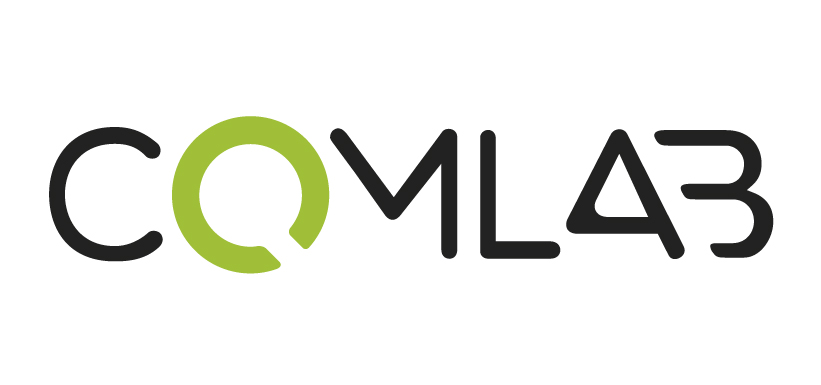Graphic design is much more than the mere creation of images and layouts. It is a complex process requiring an extensive knowledge of visual arts and digital technology; additionally, and most importantly, it involves being able to turn abstract concepts into a visible, and even tangible form, bridging ideas and people in the audience.
One of the most relevant aspects of graphic design is its capability to be highly effective in communication: any visual element, from the overall layout to single colours, should be selected with care because they can – and should – convey a specific message and elicit a response from the general public, a desired one, of course. An example? Choosing a special font may influence the way a message is perceived and what it is construed to imply; similarly, picking a different colour may evoke different feelings and suggest an association between the brand and certain values.

In our world, visual and digital communication play an ever-increasing part; as a result, graphic design also plays a fundamental role in creating enticing experiences. For example, in advertising and branding, graphic design is essential if a brand is to stand out among the competition and attract the general public’s attention; in the publishing industry, layout and graphics are key elements to create easily accessible and alluring content and present it to the readers; in web design, graphic design has a great influence on navigability and user experience of a site.
Let us look briefly at how graphic design evolved over time.
Graphic design: past and present
One might perhaps trace the beginnings of graphic design back to the earliest instances of visual communication, when parietal wall paintings were used by cavemen for narrative and mystical reasons. However, one need not start from time immemorial: graphic design as we know it can be said to gain momentum with the invention of the printing press in the fifteenth century. That specific event made it possible to create and distribute texts and pictures on a vast scale, de facto revolutionizing mass communication.
The advent of the movable-type printing press led to a wider diffusion of ideas, originally through books and posters; its further developments in subsequent centuries laid the foundations of our ‘modern’ communication patterns.


Interesting comparison between fonts and colors used in ’20s and ’60s posters, before advent of Photoshop.
Nevertheless, the real revolution took place in the 20th century under the influence of avant-garde and modernist art movements; this process is still under way, and if any it has undergone a constant acceleration. Indeed, graphic design is still evolving – like it or not – spurred by the introduction of computer-aided graphic design and the benefits of using AI (Artificial Intelligence) tools.
Current challenges
Today the widespread availability of computers and software an increasing number of people has access to sophisticated graphic tools; however, owning a piece of software does not automatically turn its owner into an experienced, skilled user. Unfortunately, some people delude themselves that the opposite may be true – you can guess what happens then. On the contrary, advanced tools call for a suitable artistic sensibility and a lot of painstaking learning and these can only achieved, if ever, through yearlong training and experience.

In view of the above, never underrate the importance of the combination of expertise and experience underlying high-quality graphic design. Underestimating the complexity of the job and the extent of the skills required can be dangerous, and so can the tendency to forget that an experienced designers also comes with a set of skills of his/her own, and the availability of advanced tools simply cannot make up for them.
Graphic design can definitely be regarded as an ever-changing discipline, where creativeness, technology and communication blend into one, so that designers must needs be constantly prepared to adjust to the many cultural and technological challenges they may happen to encounter if they are to be able to create a compelling visual experience. So give us a ring, and our own forward-looking team and their relevant substantial experience will be placed at your disposal.



